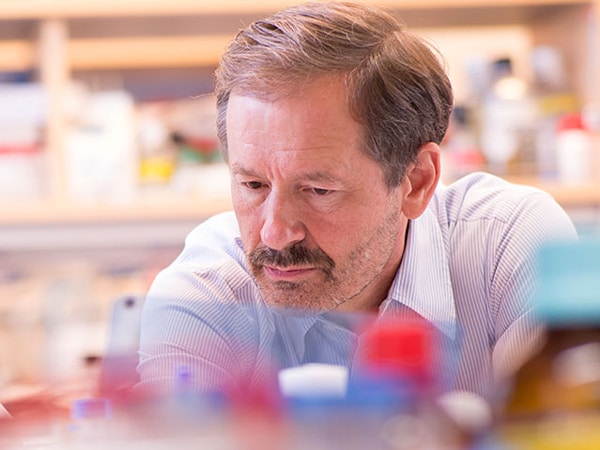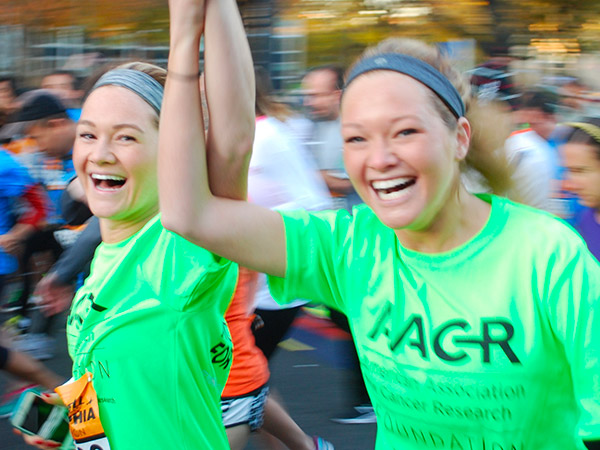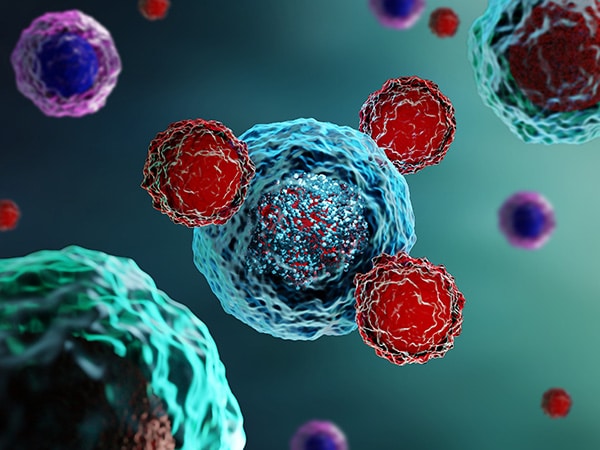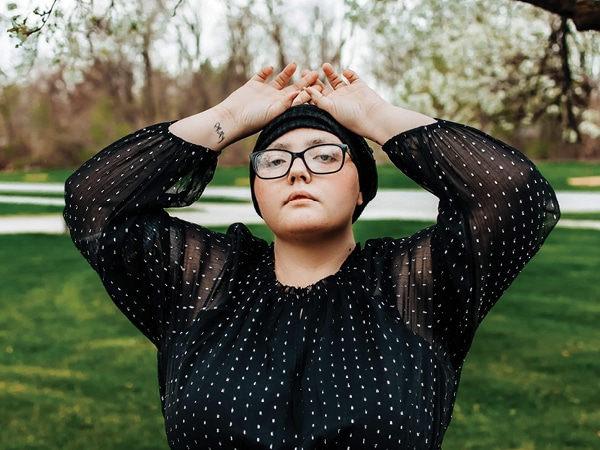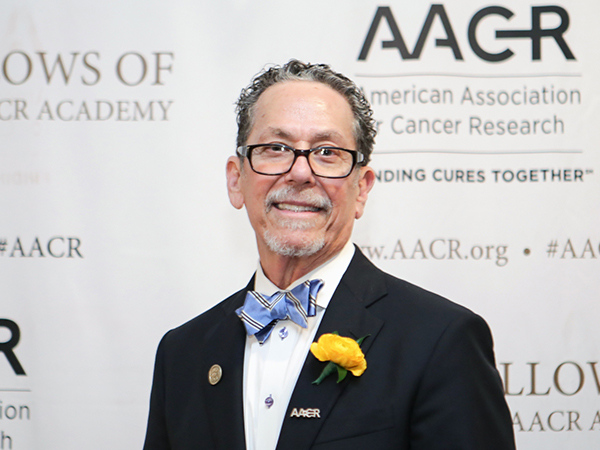Luke Theodosiades: Confronting Childhood Leukemia
Thinking he was suffering from sports-induced asthma, Luke Theodosiades’s parents took him for a checkup and were stunned by a diagnosis of leukemia.
Before he ended up in the hospital, hooked up to a bunch of tubes to clean his blood, Luke Theodosiades was getting fed up with his parents asking him if he was okay.
It was June 2015. Luke, a month from his 12th birthday was playing baseball – lots of baseball.
But his parents, John and Tonya, noticed something was just not quite right with their son. He seemed to be breathing harder than normally, laboring to keep up, and struggling in a way that just wasn’t right for their budding ballplayer.
“Eventually I could tell the breathing was getting worse, so I took him to the doctor’s, just to see if it was sports-induced asthma,” Tonya said.
Right away, the pediatrician knew it was something worse. Luke had lost 10 pounds. The doctor, who had cared for the Theodosiades’ three sons their entire lives, ran a number of tests to find out what was going on.
The next day, Tonya took the call in the dining room of the family home in Swarthmore, Pennsylvania.
“She said, ‘I hate to do this over the phone, but Luke has leukemia. You need to take him to Children’s Hospital of Philadelphia [CHOP] right now. Go to the ER; the doctor will be waiting for you there’,” Tonya explained. “From the ER they took us right to the PICU [pediatric intensive care unit] and started doing procedures on him. For the next 48 hours, I don’t think they left him alone.”
At CHOP, doctors determined that Luke had acute lymphoblastic leukemia (ALL). Luke listened and learned about what was happening to him, but that didn’t make it easier.
“I was frustrated because I wanted to play baseball and then upset because I didn’t want to stay at the hospital,” Luke said.
“For the first month, he received standard care for ALL,” explained John, who is a principal at an elementary school in the Ridley School District. “After five weeks his disease didn’t respond the way it should have to the treatments, so the doctors were thinking there was something else going on – and they suspected that from the beginning because his white cell count was so high – so he went on a trial drug, called ruxolitinib.”
He continued to get the standard chemotherapy treatments as well. Nine months later, while the leukemia was still present, the ruxolitinib had worked.
Early on in Luke’s treatment, the doctors had removed and preserved some of his T cells, thinking that they might someday use them for a treatment called CAR T-cell therapy, which is being investigated by researchers at the University of Pennsylvania and CHOP. For Luke, the ultimate goal was to get him well enough to do a bone marrow transplant.
“The CAR T-cell therapy worked,” said John. “The leukemia is – they didn’t say ‘gone’ – they said ‘undetectable,’ which is great news!”
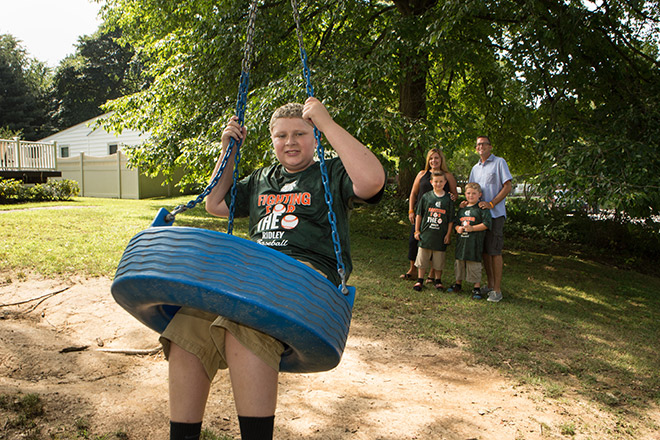
Since receiving the CAR T-cell therapy, Luke has been back to his normal self, his parents say. He’s back playing baseball, basketball, and swimming every day with his friends. His parents say he’s perhaps a little more sluggish, he’s put on some weight through all of this, and he is definitely not looking forward to the next step in his treatment – the bone marrow transplant – but not for the reason you might expect.
Initially, Luke will be in the hospital for seven to eight weeks to recover from the transplant. After that it will take six to nine more months before his immune system has been rebuilt to the point where he can be around large numbers of people, so he won’t be able to go to school or play sports.
“He’s not real thrilled about the time that it involves,” John said. “Even though he?ll tell you he doesn’t like school, he definitely likes the socialization of it; he likes being around his friends, which is typical for his age.”
For Tonya and John, they are just thrilled to have access to great research institutions close at hand and thankful for the work being done to find better ways to prevent and treat cancer. For them, that means supporting biomedical research in general and cancer research in particular.
“I just think it is so important that there’s money there for research to continue,” John said.
“Another child shouldn’t have to go through this,” Tonya said. “A family shouldn’t have to watch their child go through the treatments. It’s not fair. They should be having a fun childhood.”
